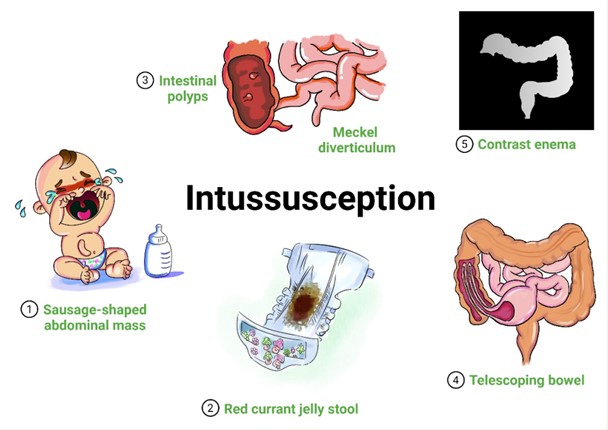A client is admitted to the surgical intensive care unit following the removal of a large portion of the intestines due to a gunshot wound to the abdomen. The client begins to display signs of septic shock and a sepsis protocol is initiated. Which intervention is most important for the nurse to include in the plan of care?
Maintain strict intake and output.
Assess warmth of extremities.
Keep head of bed raised 45 degrees.
Monitor blood glucose level.
The Correct Answer is A
Septic shock is a life-threatening condition characterized by a severe infection that leads to systemic inflammation, organ dysfunction, and low blood pressure. Maintaining strict intake and output monitoring is essential to assess the client's fluid balance and response to interventions. It allows the nurse to closely monitor the client's urine output, which is a crucial indicator of renal perfusion and overall organ function.
Monitoring urine output helps the nurse assess the adequacy of tissue perfusion and the client's response to fluid resuscitation. A decrease in urine output can be an early sign of worsening organ dysfunction and a need for further interventions.
While assessing the warmth of extremities is important for evaluating peripheral perfusion, maintaining strict intake and output monitoring takes priority as it provides more comprehensive information about the client's overall fluid status.
Raising the head of the bed 45 degrees (semi-Fowler's position) can help optimize respiratory function and reduce the risk of aspiration, but it is not the most important intervention in this case.
Monitoring blood glucose levels is important, as hyperglycemia can be associated with sepsis. However, in the context of septic shock, maintaining strict intake and output monitoring takes precedence as it directly assesses the client's fluid balance and response to interventions.
It's crucial to note that the management of septic shock requires a multidisciplinary approach, and other interventions, such as administering appropriate antibiotics, initiating fluid resuscitation, and addressing the underlying source of infection, should also be implemented in a timely manner.
Nursing Test Bank
Naxlex Comprehensive Predictor Exams
Related Questions
Correct Answer is A
Explanation
The presenting symptoms of the infant, including persistent vomiting, poor skin turgor, significant weight loss, and a palpable abdominal mass, indicate a potential serious condition that requires immediate attention. These findings may suggest dehydration, malnutrition, and the presence of an abdominal mass that could be causing gastrointestinal obstruction or other underlying pathology.
Initiating a prescribed IV for parenteral fluid is the priority intervention to address the potential dehydration and fluid imbalance in the infant. This will help restore and maintain adequate hydration while further diagnostic evaluations and interventions are initiated.
Feeding the infant, giving 5% dextrose in water orally, or inserting a nasogastric tube for feeding should not be implemented as the first intervention in this case. It is important to stabilize the infant's fluid status before initiating oral feedings or other interventions to address the underlying cause of the symptoms.

Correct Answer is ["40"]
Explanation
To determine the amount of mL the child should receive per day, we need to calculate the total daily dose of ampicillin based on the prescription.
The prescription is for 500 mg of ampicillin four times a day, so the total daily dose is: 500 mg × 4 times = 2000 mg/day
The concentration of the suspension is 250 mg/5 mL, which means that there are 250 mg of ampicillin in every 5 mL.
To find out how many mL the child should receive per day, we divide the total daily dose by the concentration:
2000 mg ÷ 250 mg/5 mL = 40 mL/day
Therefore, the child should receive 40 mL of the ampicillin suspension per day.
Whether you are a student looking to ace your exams or a practicing nurse seeking to enhance your expertise , our nursing education contents will empower you with the confidence and competence to make a difference in the lives of patients and become a respected leader in the healthcare field.
Visit Naxlex, invest in your future and unlock endless possibilities with our unparalleled nursing education contents today
Report Wrong Answer on the Current Question
Do you disagree with the answer? If yes, what is your expected answer? Explain.
Kindly be descriptive with the issue you are facing.
